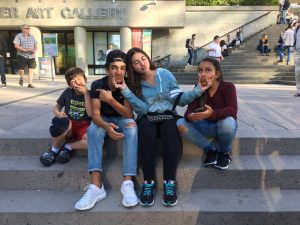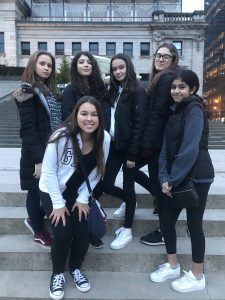This year in the Globalization, Power and society CAP program I have noticed some of the materials intertwine in between my classes. Last semester my classes for the program were Politics, Sociology, and ASTU. Most of the content in between my politics and sociology courses would somehow correlate and make sense because of the other. This semester my classes are Linguistics, Geography, and continuing ASTU. A lot of the material learned in linguistics is correlated to the material learned in geography. In linguistics, we learn about different languages and how their roots can very much be impacted by culture and history, and in geography, we learn about how countries began developing and how the geographical events are impacted by culture. We learned that because different cultures and land invasions happened, different languages developed differently. The development of languages was also impacted by class systems where certain words are changed to match the phonotactics and geographical needs of the people speaking a language. The intersecting topics help me get a different perspective and understanding of the content and allows me to learn more information.
In my linguistics CAP class, one of the main things I have noticed that correlate to my ASTU class is the subject of language related to culture. In our ASTU class, we have discussed different forms of remembering and the technologies of remembering cultural memory. One of the technologies of memory we discussed was language and how language can be a way of continuing traditions and honoring culture. For example, cultural memory is seen in Indian horse when how he talks about how he doesn’t even understand his native language anymore since after his grandma passed and after being taken to residential schools he didn’t grow up around the language. Other than the trauma and the countless dehumanizing things that happened in residential schools I would say that one of the biggest impactful things of residential schools was that any form of speaking Indigenous languages was prohibited and English was enforced upon students. As mentioned before, language is a way of honoring culture and because of the schools, many Indigenous languages have died and are not spoken anymore.
I think it is very interesting to try to understand certain material while thinking about them from different perspectives as if you were learning it in another class. It helps with critical thinking and gives me a broader perspective on the topics.

